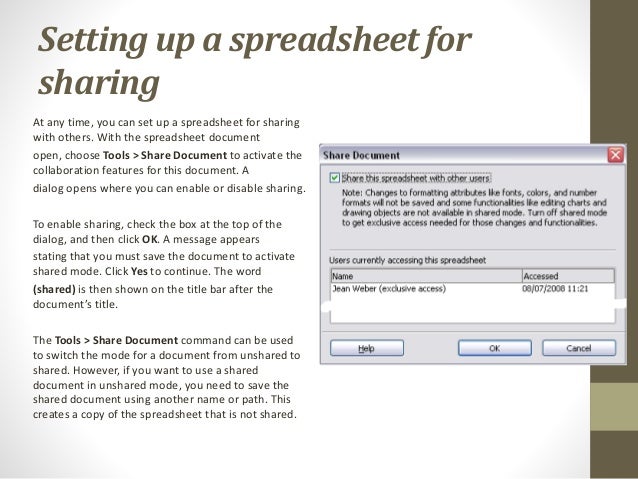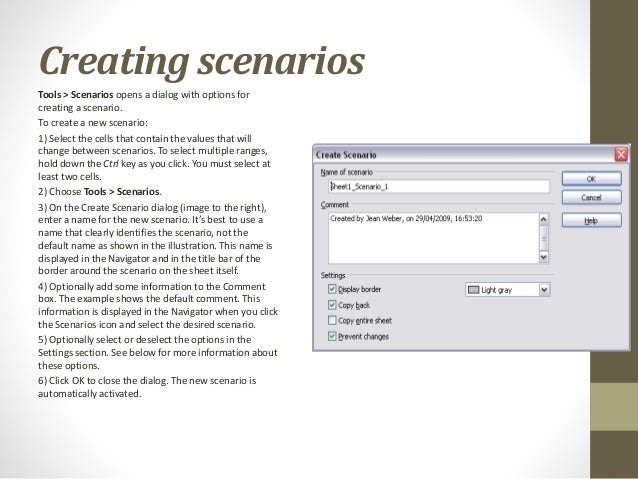

You can also select SUMIFS, COUNTIFS and AVERAGEIFS functions to set up functions based on multiple conditions. Those are four of the conditional functions you can add to your Calc spreadsheet. That will find the average of the cell values in the spring rows. Enter “spring” in the criteria box, and select the cells with the numbers in them for the average_range text box. installs three programs that work as Microsoft Office alternatives: Writer. Then select the cells in the row that includes the text for the AVERAGEIF function’s range box. Our Review of LibreOffice LibreOffice is a replacement for Microsoft Word. What formula can perform this libreoffice. For example, enter some text into an adjacent column on the spreadsheet as below. The idea would be something like SUMIF(A1:B4 AND(ROW()>D1 ROW() That will open the AVERAGEIF wizard to set up the function with. I want a formula that does a sum SUM (A1:B4) but using only rows in the range starting with the row number specified in D1 and ending with row number specified in D2. Select a cell for the AVERAGEIF function, open the Function Wizard and select AVERAGEIF. Alternatively, you could also base the condition on a row or column heading.Įnter a few numbers into a spreadsheet row exactly as in the snapshot directly below. So you could find the average value of cells that eclipse or are lower than a specific number. That suggests there is a different way to state the criteria that does not require the double quotes.The AVERAGEIF function is similar to SUMIF except it finds the average value of cells based on a specific condition. The underlined explanation contains the "IF" word (" If criteria is written into the formula it has to be surrounded by double quotes"). I'd like to use a cell reference for the CRITERIA (e.g. If I write the same formula into another field, it shows the new correct sum. Then I changed some values in the range D2 to D85, but the sum was not recalculated. In one field I have the formula sum(D2:D85). To sum up only negative numbers: SUMIF(A1:A10 "0" B1:10) - sums values from the range B1:B10 only if the corresponding values in the range A1:A10 are >0. I have a Calc sheet in LibreOffice (6.0.3.2 on Ubuntu 18.04). If this parameter has not been indicated, the values found in the Range are summed. Sum_range is the range from which values are summed. If the criteria is written into the formula, it has to be surrounded by double quotes. The formula now completed, like this SUM (E1:E5), assuming E1 is. By holding Shift, click the last part of data, like the last row of scores. Click the initial part of data, like the first row of scores. Range is the range to which the criteria are to be applied.Ĭriteria is the cell in which the search criterion is shown, or the search criterion itself. To work with LibreOffice Calc's formula, we do as the following: Put cursor in a cell. Here's what the help screen says about SUMIF:




 0 kommentar(er)
0 kommentar(er)
